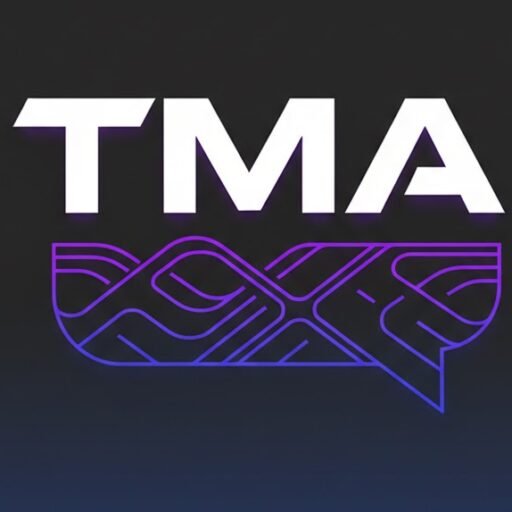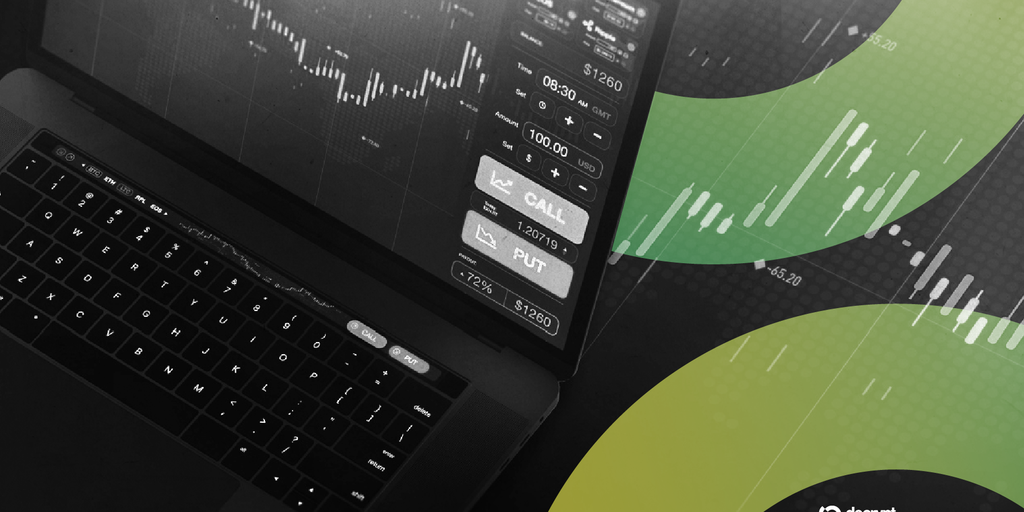The Leverage Labyrinth: A Double-Edged Sword
Former FTX US President Weighs In
Brett Harrison, former president of FTX US, has reignited the debate surrounding leverage in the crypto market. As he prepares to launch his new venture, Architect – a perpetual futures exchange focused on traditional assets – Harrison has publicly criticised the practice of offering excessively high leverage, such as 100x or even 1,001x, on volatile crypto assets. He argues this is not only “irresponsible” but also a “major problem” that encourages traders to quickly lose their investments. According to Harrison, such platforms more closely resemble gambling dens than genuine futures trading platforms, prioritising liquidation fees over the long-term stability of traders’ positions. While Architect will incorporate stablecoins as collateral, it will steer clear of listing digital assets, and will only offer a maximum of 25x leverage on the least volatile assets, such as EUR/USD, with more volatile stocks like Tesla potentially capped at 8x.
The Allure of High Leverage
Despite the risks, high leverage remains a potent draw for crypto traders, particularly those with limited capital. Proponents of this approach argue that it democratises access to sophisticated trading strategies, allowing retail investors to compete with larger institutional players. Platforms like Hyperliquid and Aster have gained traction by lowering the barrier to entry and offering substantial leverage, attracting users eager to amplify potential gains. Furthermore, advocates assert that these platforms simply cater to market demand, offering traders the tools they desire. However, this perspective overlooks the potential for devastating losses and the systemic risks that excessive leverage can introduce into the crypto ecosystem.
DeFi’s Unfettered Access
The decentralised nature of many crypto exchanges further complicates the leverage debate. Unlike traditional financial institutions or centralised exchanges, DeFi platforms often lack stringent know-your-customer (KYC) procedures, risk assessment forms, or mandatory trading quizzes. This means anyone with a crypto wallet can access high leverage on DEXs, regardless of their trading experience or risk tolerance. While this accessibility empowers users, it also exposes them to significant financial risks, potentially leading to rapid account liquidations and market instability.
The Aftermath of the Crash: A Warning Sign
Liquidation Cascades and Systemic Risk
The crypto market experienced a flash crash several months ago, triggering a record $19 billion in liquidations. This event highlighted the dangers of excessive leverage and the potential for liquidation cascades to destabilise the market. Harrison argues that if exchanges permit irresponsible leverage and lack adequate risk management procedures, such events are likely to recur, posing a continued threat to the overall health of the crypto ecosystem. The volatility inherent in crypto assets, combined with the amplifying effect of high leverage, creates a recipe for disaster, particularly for inexperienced traders.
The Road Ahead
As we move further into 2025, the debate surrounding leverage in the crypto market is unlikely to subside. Regulatory scrutiny is intensifying, with authorities worldwide examining the risks associated with high-leverage trading. Some jurisdictions may impose stricter rules on exchanges, limiting the amount of leverage offered or requiring enhanced risk disclosures. However, the decentralised nature of many crypto platforms poses a challenge to regulators, making it difficult to enforce uniform standards. The future of leverage in crypto will likely depend on a combination of regulatory action, industry self-regulation, and increased investor education.
Looking to the Future
Architect: A More Responsible Approach?
Brett Harrison’s new exchange, Architect, represents a contrasting approach to leverage. By limiting leverage and focusing on traditional assets, Architect aims to provide a more stable and secure trading environment. Whether this model will appeal to crypto traders accustomed to the allure of high-risk, high-reward trading remains to be seen. However, Architect’s launch could signal a shift towards greater emphasis on responsible risk management in the derivatives market.
The Need for Education and Awareness
Ultimately, the key to mitigating the risks of leverage lies in educating traders about the potential downsides. Exchanges and industry organisations should prioritise providing clear and transparent information about the risks involved, as well as offering resources to help traders manage their positions effectively. As the crypto market continues to evolve, it’s crucial for investors to approach leveraged trading with caution, understanding that while it can amplify gains, it can also magnify losses.






